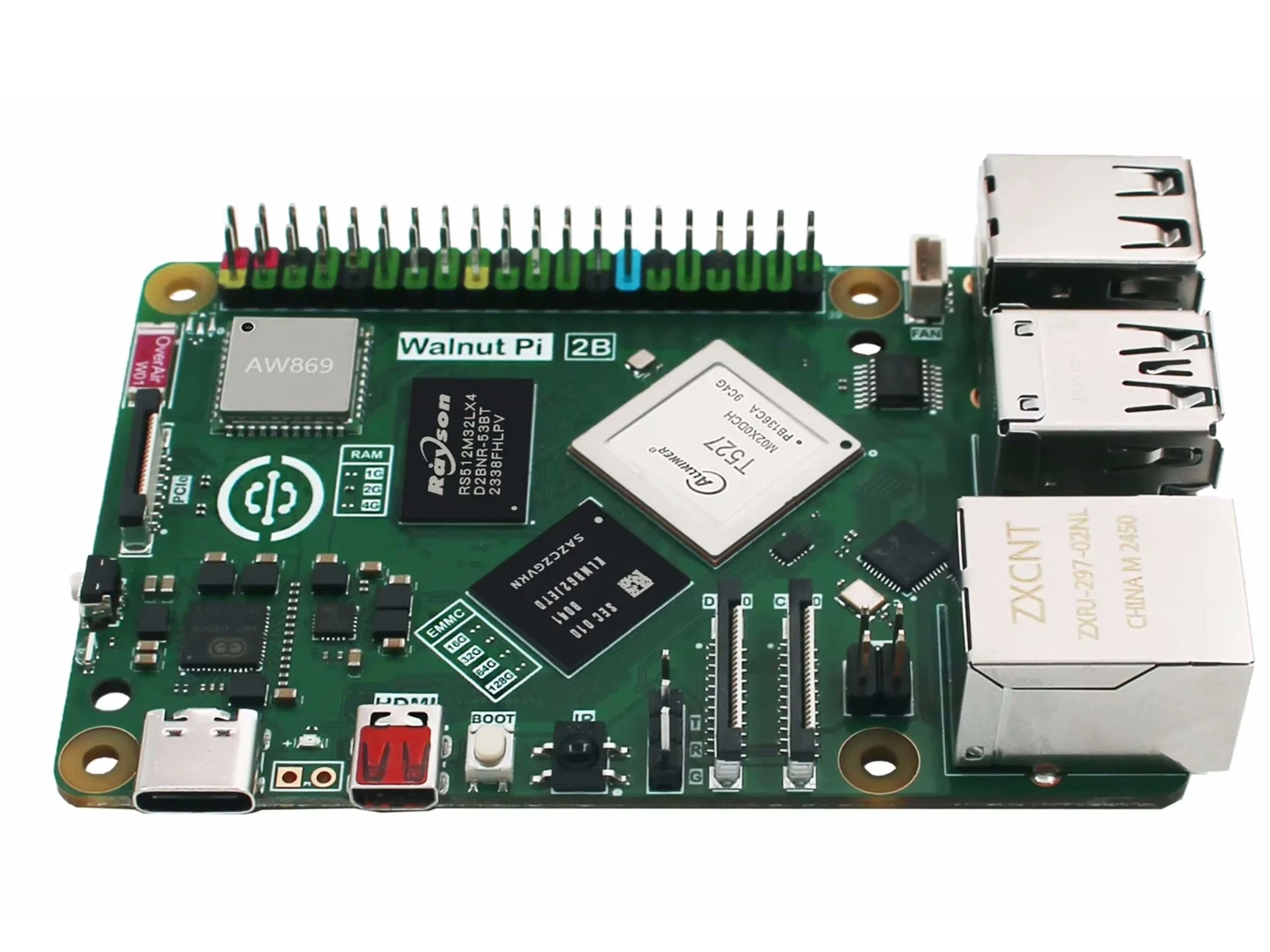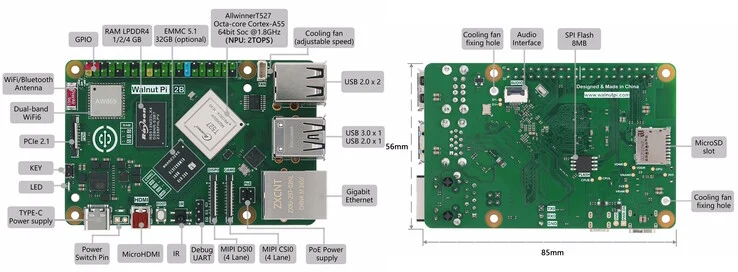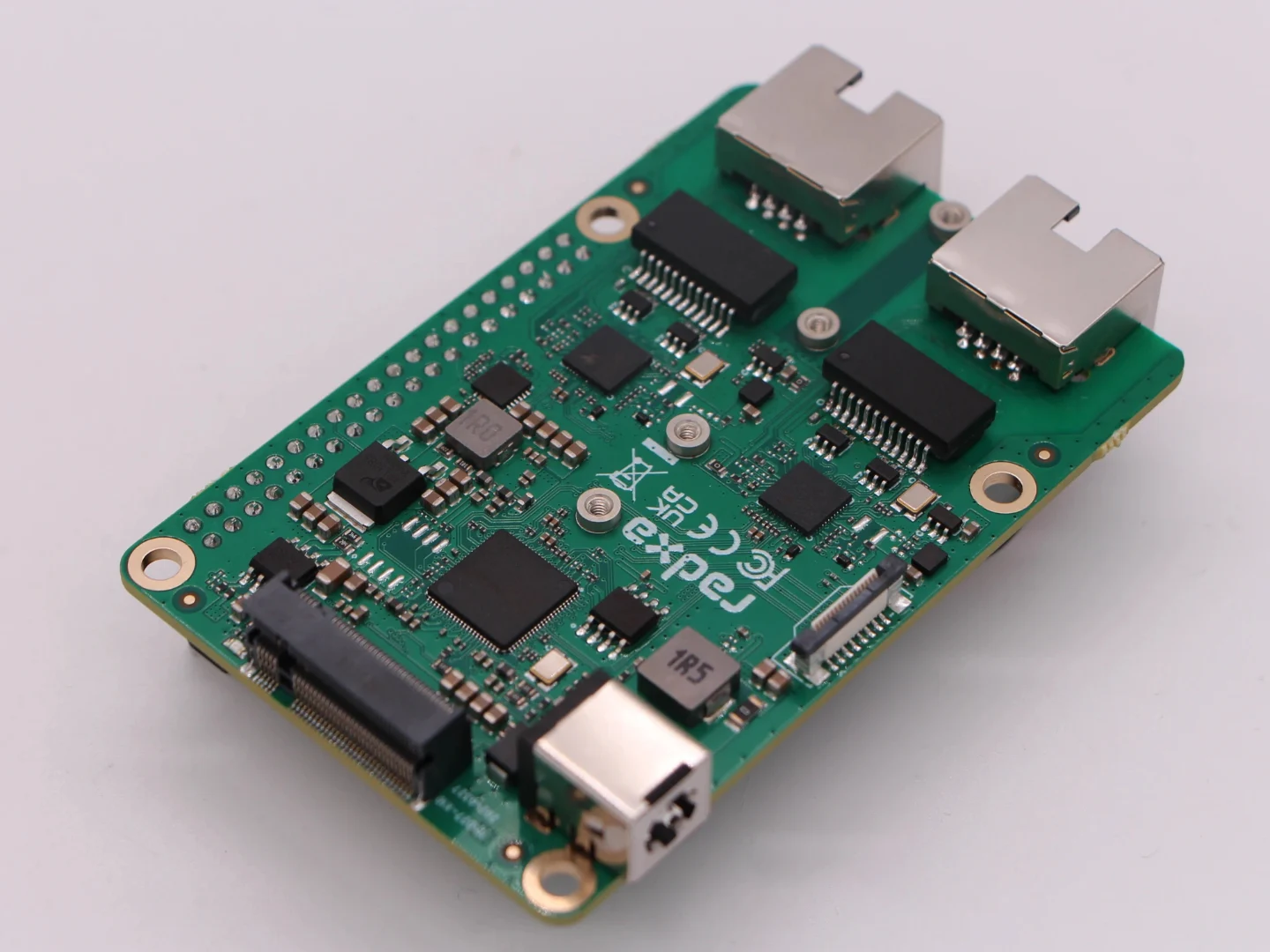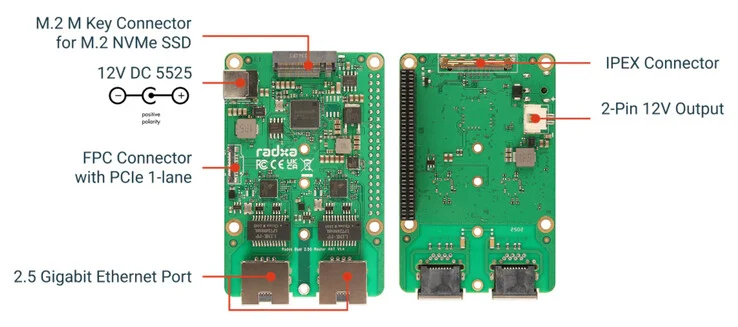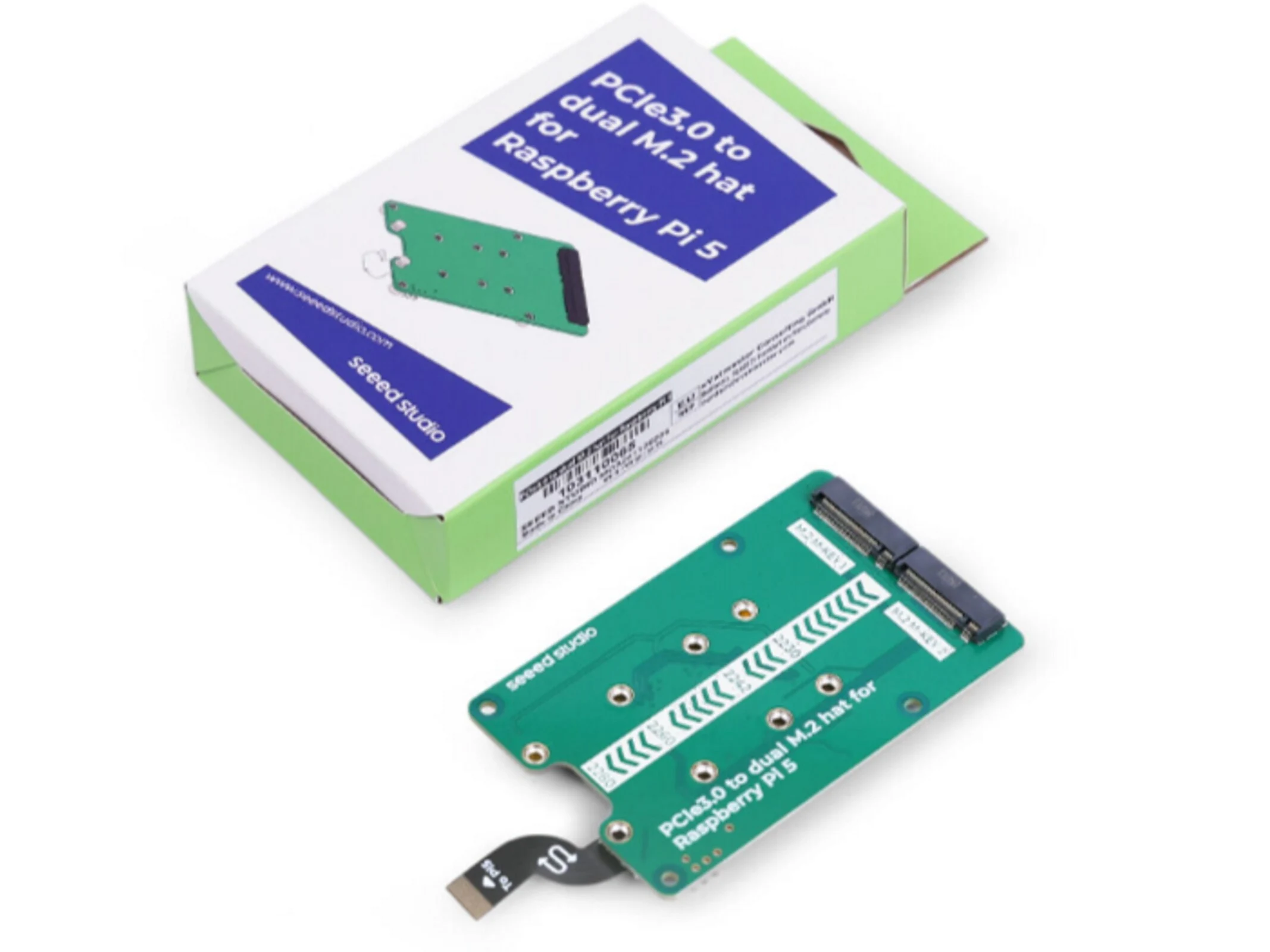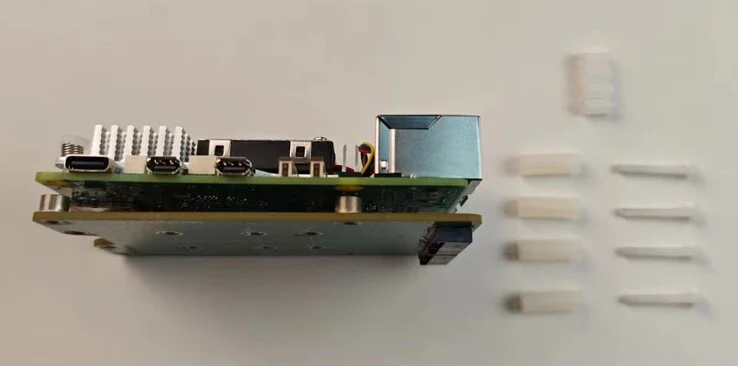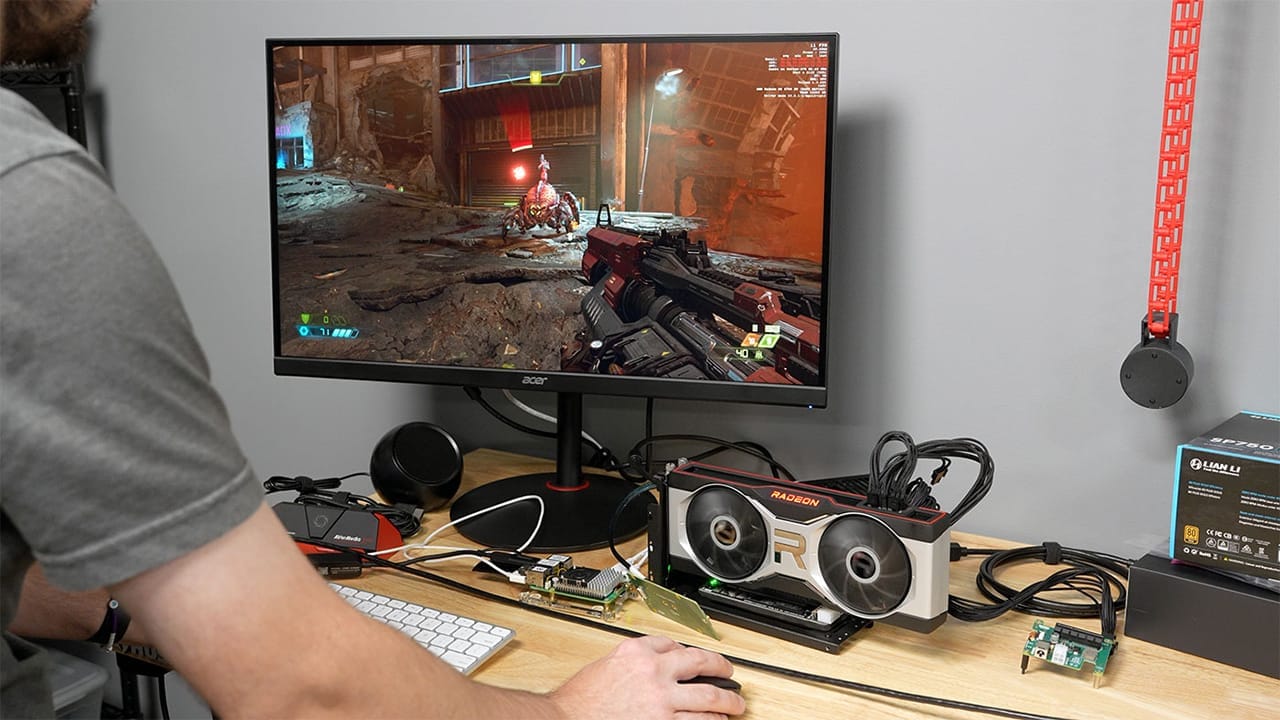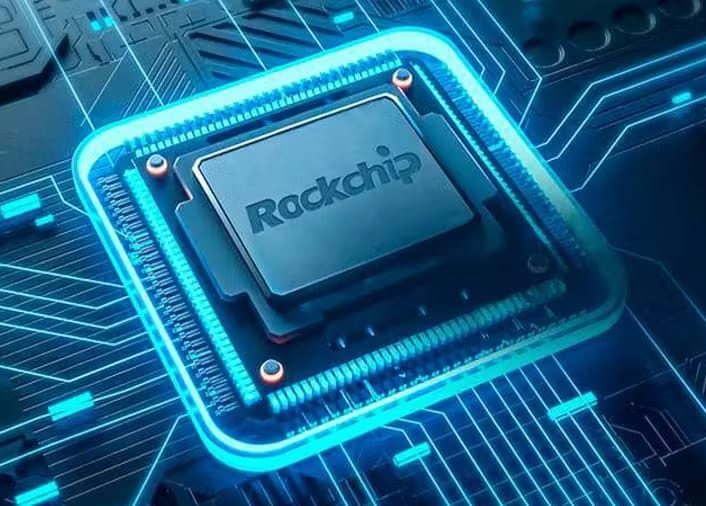Key Takeaways
1. Crowdfunding Campaign: The CrowPi 3 is currently being crowdfunded by Elecrow, with a pledge of approximately $159 for early backers, excluding the Raspberry Pi 5.
2. Portable Design: The CrowPi 3 is designed for portability, compatible with Raspberry Pi 5, Arduino Nano, and other single-board computers, and includes a 4.3-inch IPS screen.
3. Comprehensive Kits: It comes with a “Basic Accessories Kit” (IR remote, SD card, card reader, RFID tags) and an “Expansion Accessories Kit” (main board, gaming controllers, NFC tags).
4. Versatile Connectivity: Users can connect external sensors and actuators easily, with built-in modules like a smaller display and ultrasonic sensors for various projects.
5. Focus on Learning: The CrowPi 3 aims to enhance the learning and development experience for makers and developers, particularly in AI applications.
Some readers might already know about CrowPi and its maker, Elecrow, who is currently running a crowdfunding campaign for the new CrowPi 3 development and learning platform. Those who support the campaign can secure a unit for a pledge of approximately $159, with the first units expected to ship in August. This amount covers the platform and essential sensors and components, but it does not include the Raspberry Pi 5. As with most preorders, there are financial risks involved, though these are likely minimal this time since Elecrow is a well-established company with a good track record in crowdfunding.
Portable Learning Tool
Moving on, the CrowPi 3 is designed to be portable and suitable for use on the go. It is made for a Raspberry Pi and works with the latest Raspberry Pi 5 (available from $75 on Amazon), as well as the Arduino Nano and various other single-board computers. Additionally, this innovative AI station boasts a 4.3-inch IPS screen with a resolution of 800 x 480 pixels. The so-called “Basic Accessories Kit” provides an IR remote, an SD card loaded with the operating system, a card reader, and RFID tags. Moreover, the “Expansion Accessories Kit” includes the main board, two gaming controllers, and NFC tags. The system also features built-in speakers and a camera, weighing in at 2.4 lbs.
Versatile Connectivity
You can easily connect external sensors and actuators through a breadboard. However, there are also various modules located directly on the board, such as a smaller display and ultrasonic sensors. The Elecrow CrowPi 3 is versatile enough to be used in many projects, including AI applications like object recognition, just to give one example.
Crowdfunding Future
The CrowPi 3 represents an exciting opportunity for makers and developers alike. With its combination of portability, compatibility, and built-in features, it aims to provide a comprehensive learning and development experience for all users.
Source:
Link

